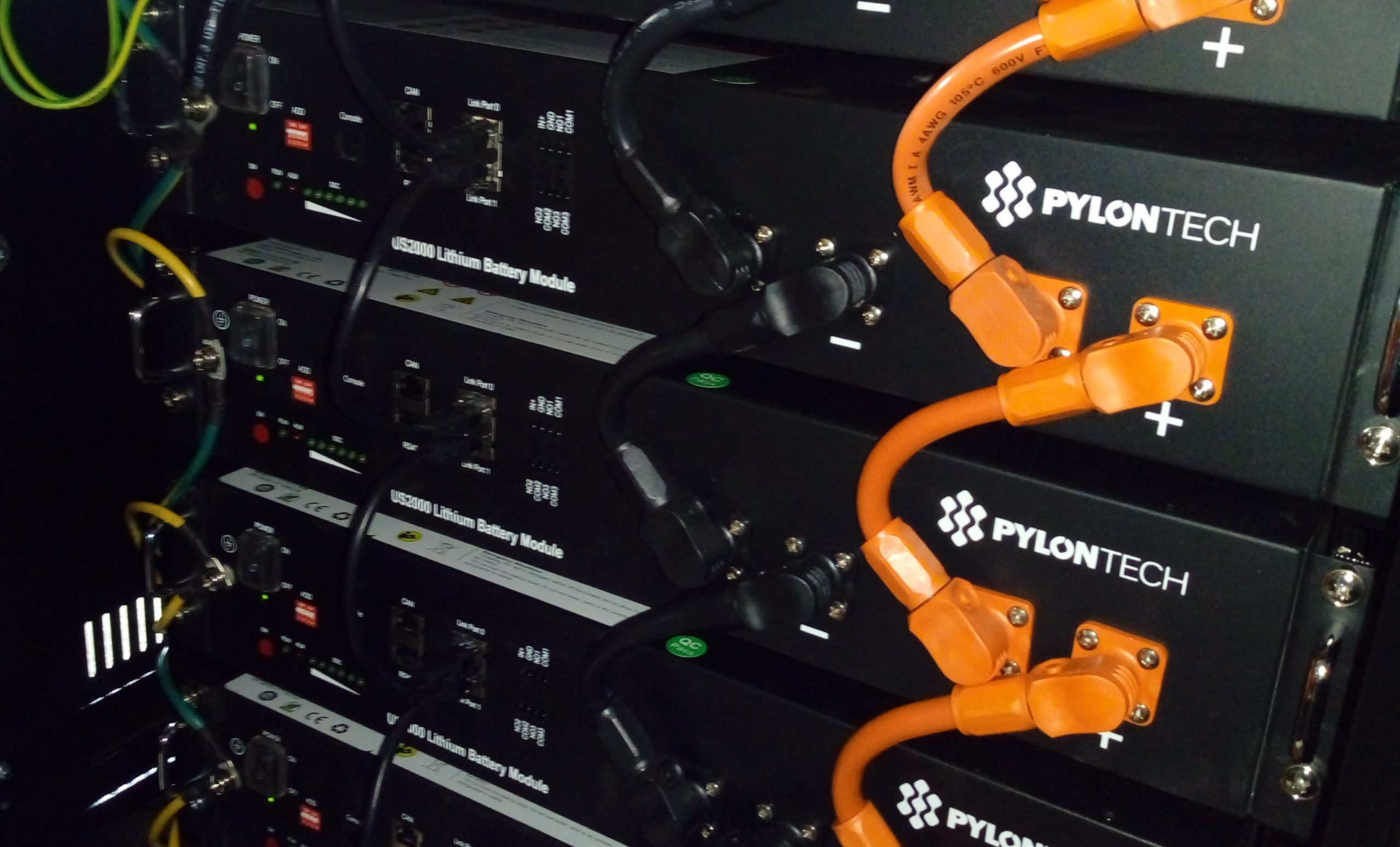Battery Storage, Daylight Savings
*** MORE solar self-use! MORE solar savings! MORE grid independence! ***
What is an Electrical Energy Storage Sytem?
Used to store renewable or low-rate energy and save on your bills, there are two main types of EESS (Electrical Energy Storage System), or battery storage as most people know it
This is a separate system, with it's own inverter and batteries, for retro-fit or storage only installs. It's on it's own circuit and monitors the grid and solar, if installed, to charge and discharge the batteries as needed
Hybrid inverter systems have both the solar and storage connected to the same inverter. Used for retro-fit (when replacing old solar inverter) and for new solar PV systems, with batteries now or added later

How much storage do I need?
This will depend on your usage and requirements, but as a rule of thumb, with Solar PV, it's 1kWh to 2kWh of battery storage per kWp of solar installed. If using low-rate tariffs, then it should correspond to your usage. With arbitrage, trading energy, then more the better
